Jirye Arts Village (지례예술촌)
0m 28454 2020-04-02
427, Jiryeyesulchon-gil, Andong-si, Gyeongsangbuk-do
+82-54-852-1913
Located in Andong, Jirye Arts Village first formed as a result of the construction of Imha Dam. When a small neighborhood in Jirye-ri, Imdong-myeon was at the risk of flood due to the dam, Kim Won-gil, the current village leader, relocated and rebuilt ten houses to its current location in 1986. This neighborhood, now known as Jirye Arts Village, was designated as an art village in 1990 and since then, many artists settled in the neighborhood and formed a community of culture and art. Today, Jirye Arts Village offers a variety of opportunities to experience Korean culture through hands-on arts and crafts as well as diverse cultural activities.
Suaedang [Korea Quality] / 안동 수애당 [한국관광 품질인증]
5.4 Km 71641 2023-10-23
1714-11 , Sugogyonggye-ro, Andong-si, Gyeongsangbuk-do
+82-54-822-6661
Suaedang House in Andong, Gyeongsangbuk-do, was built in 1939 by independence activist Soo Ae Yu Jin-geol, and is a Gyeongsangbuk-do cultural asset. The hipped-and-gabled pavilion and the ㄱ-shaped gobangchae (female servants’ quarters) face each other across the courtyard, and the house has a 10-metre lofty gate. Suaedang was moved to its current location in 1987 due to the construction of the Imha Dam. The room and Daecheongmaru are red clay-walled and natural painted. The view of the lake from Suaecang is very beautiful.
Jeongjae Head House [Korea Quality] / 정재종택 [한국관광 품질인증]
6.3 Km 7777 2023-10-24
2661-8 , Gyeongdong-ro, Andong-si, Gyeongsangbuk-do
+82-54-822-6205
Jeongjae Head House is the head house of Joseon scholar Jeongjae Ryu Chi-myeong, a colleague of the famous Toegye Lee Hwang. The house overlooks Imha Lake in Andong-si, Gyeongsangbuk-do, and is 300 years old. The long endurance of the stone foundations, roof tiles and wooden beams and porch gives the place a solid, calming feel. The house consists of a daemunchae (gate house) jeongchim (square-shaped building), haengnangchae (servants’ quarters), sadang or shrine, and a pavilion called Manujeong which houses a lecture hall but can also be used for lodging. Guests can learn how to brew songhwaju spirit and tarak fermented milk liquor, and listen to gayageum or folk song performances.
Imhaho Gisa Sikdang(임하호기사님식당)
6.9 Km 194 2021-04-09
8, Seonchakjang-gil, Andong-si, Gyeongsangbuk-do
+82-54-822-4929
There are a variety of side dishes, so you can enjoy different foods. This Korean dishes restaurant is located in Andong-si, Gyeongsangbuk-do. The representative menu is kimchi stew.
Oryuheon House [Korea Quality] / 오류헌 [한국관광 품질인증/Korea Quality]
7.5 Km 5 2021-04-01
18-15, Gireumaje-gil, Andong-si, Gyeongsangbuk-do
Oryuheon House, located near Imhaho Lake in Andong, Gyeongsangbuk-do, offers a chance to stay in a historic house from the Joseon period. The house, also known as Mogwa House, was built by Kim Won-jung, the third son of Sukjong-era rector of the National Academy Kim Bang-geol, when he formed a family of his own in 1678. It was designated as the National Folk Cultural Heritage No. 184. The door’s wooden frame and the open floor space exemplify the beauty of the literati house of the Joseon period, while the sarangchae (men’s quarters) and daemunchae (gate quarters) showcase the sophisticated architecture of the era. Anchae (women’s quarters) retains its original appearance, while the sarangchae was rebuilt in 1920. The construction of the Imha Dam in 1990 resulted in the house’s relocation to its present location.
The owner of the house resides in anchae and sarangchae. Guests have access to a space that includes a 2-kan room, which can accommodate up to 4, an open floor space, and a bathroom. Cooking is prohibited in the house, but guests can make use of a grill located on a small yard reserved for the guests. Korean-style breakfast, including menus like chicken porridge or lotus leaf rice, are offered free of charge in the morning. Nearby sights include the water sports activities in Imhaho Lake, Manhyujeong Pavilion, Hahoe Village, and Dosanseowon Confucian Academy.
Cheonji Sikdang (천지식당)
7.7 Km 35 2021-03-24
90, Utjangteo-gil, Andong-si, Gyeongsangbuk-do
+82-54-822-7008
You can eat maeuntang (fish stew) made with fresh freshwater fish. This Korean dishes restaurant is located in Andong-si, Gyeongsangbuk-do. The representative menu is spicy freshwater fish stew.
Seobyeok Historic House (서벽고택)
8.5 Km 7486 2021-11-01
22-2, Jungdeul 2-gil, Cheongsong-gun, Gyeongsangbuk-do
+82-54-870-6247
Located in Jungpyeong-dong at the family village of the Pyeongsan Sin clan, the Seobyeok Historic House was originally created when Sin Hanchang, a scholar from late Joseon dynasty, got married and moved out of his parents’ house. The house was expanded by Sin Chigu in 1739. The house and is built in a rectangular shape with 6 kan (traditional Korean measurement; space between two pillars) in the front, 4 kan on the sides and a courtyard in the middle.
Head House of Pansagongpa Branch of Pyeongsan Sin Clan (청송 평산신씨 판사공파 종택과 분가 고택)
8.6 Km 12647 2021-12-08
16, Jungdeul 2-gil, Cheongsong-gun, Gyeongsangbuk-do
+82-54-870-6247
Located in Cheongsong-gun, Gyeongsangbuk-do Province, Head House of Pansagongpa Branch of Pyeongsan Sin Clan is the head house of the noble Pyeongsan Sin family line. The house was created by Sin Han-tae during the reign of King Sukjong (1674-1720) of the Joseon dynasty. Since its construction centuries ago, the house has been inhabitated by the descendants of Sin Deuk-cheong, the 15th eldest grandson of General Sin Sung-gyem. This house has all of the features of an upper–class house of the Joseon period. The buildings of the house are built in a rectangular shape, with the courtyard in the center. The compound consists of Soteuldaemun (high-rising gate), Haengrangchae (servants’ quarters located next to the gate), Gotgan (storeroom in which grain and other items were stored), Anchae (room for the female family members) and a pavilion.
Mancho Gotaek [Korea Quality]만초고택[한국관광 품질인증]
8.7 Km 2 2023-10-30
48, Geumsojungang-gil, Andong-si, Gyeongsangbuk-do
+82-10-5191-3697, +82-10-3057-2223
The 150-year old Mancho Gotaek (Old House) in Imha-myeon, Andong, Gyeongsangbuk-do, was the home of Mancho Im Dong-han, a Joseon courtier at the court of King Gojong, and is an Andong cultural heritage asset. With a mountain behind and a stream flowing in front of it, this was a perfect spot for a house according to Korean pungsu (feng shui). Guestrooms comprise a sarangbang, small room, larger room, and loft room, all ondol-heated. Nearby must-visit places include the Geumso Ecological Park and Andongpo Village where Andong hemp is made.
House of Changsil [Korea Quality] / 창실고택 [한국관광 품질인증]
10.5 Km 11157 2023-12-06
39 , Songsogotaek-gil, Cheongsong-gun, Gyeongsangbuk-do
+82-10-5100-3684
Changsil Old House is a courtyard hanok in Cheongsong-gun, Gyeongsangbuk-do. It was built in 1917 by Sim Ho-taek of Songso as a home for his younger brother. The anchae (women’s house) and the sarangchae (men’s house) are arranged side by side, with the connected library and storeroom between them. Just inside the gate is a haengnangchae (servants’ quarters), and there is also a thatched hanok which is currently being rented out as a red clay room.
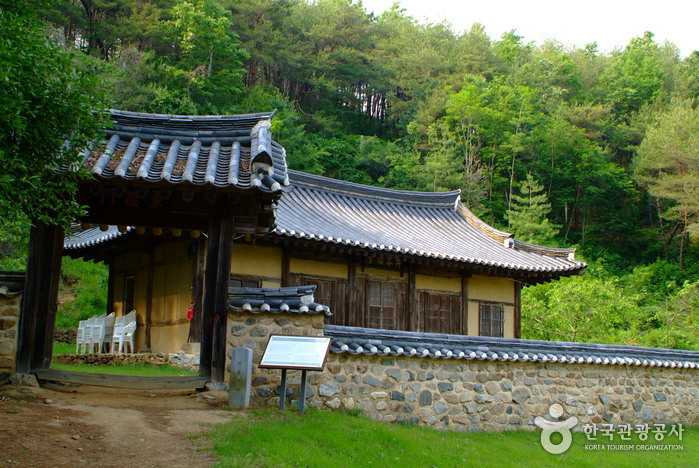
![Suaedang [Korea Quality] / 안동 수애당 [한국관광 품질인증]](http://tong.visitkorea.or.kr/cms/resource/92/3010192_image2_1.jpg)
![Jeongjae Head House [Korea Quality] / 정재종택 [한국관광 품질인증]](http://tong.visitkorea.or.kr/cms/resource/43/3010243_image2_1.jpg)
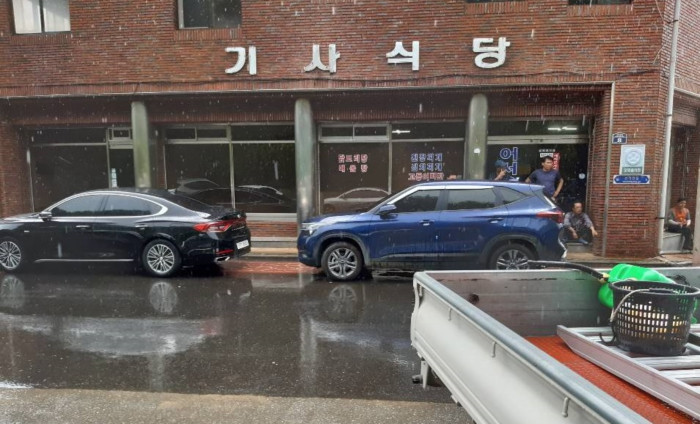
![Oryuheon House [Korea Quality] / 오류헌 [한국관광 품질인증/Korea Quality]](http://tong.visitkorea.or.kr/cms/resource/29/2706129_image2_1.jpg)
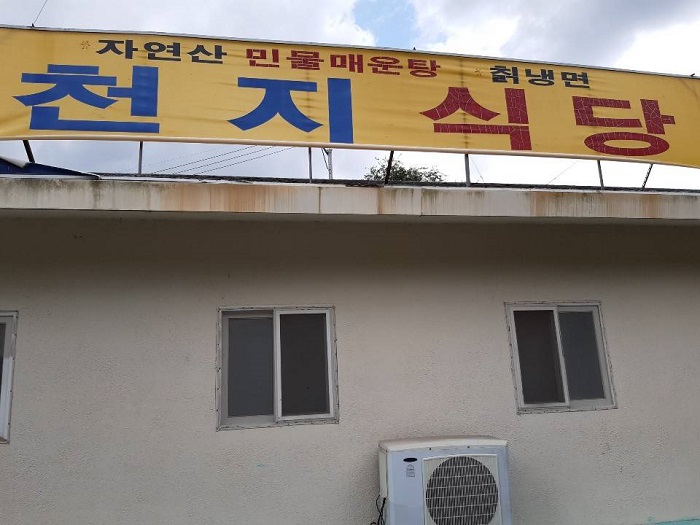
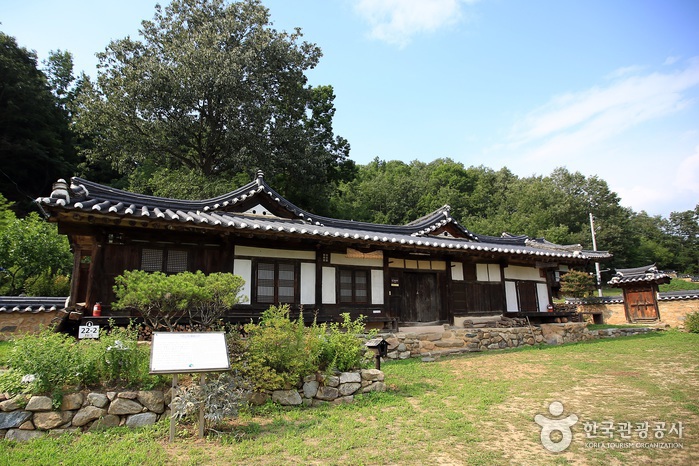
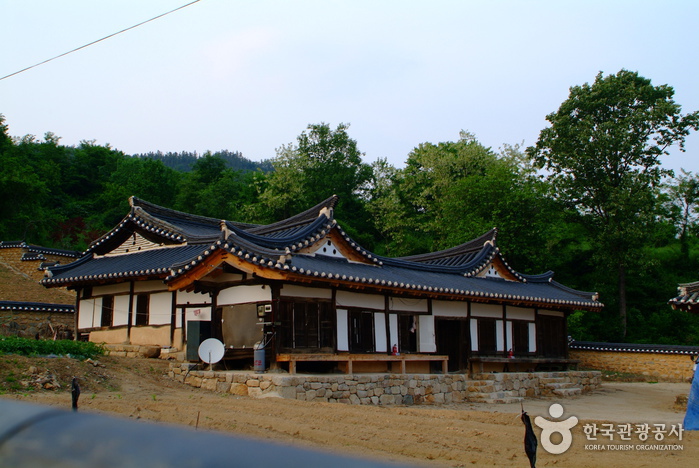
![Mancho Gotaek [Korea Quality]만초고택[한국관광 품질인증]](http://tong.visitkorea.or.kr/cms/resource/05/3022005_image2_1.jpg)
![House of Changsil [Korea Quality] / 창실고택 [한국관광 품질인증]](http://tong.visitkorea.or.kr/cms/resource/31/3037031_image2_1.jpg)
 English
English
 한국어
한국어 日本語
日本語 中文(简体)
中文(简体) Deutsch
Deutsch Français
Français Español
Español Русский
Русский